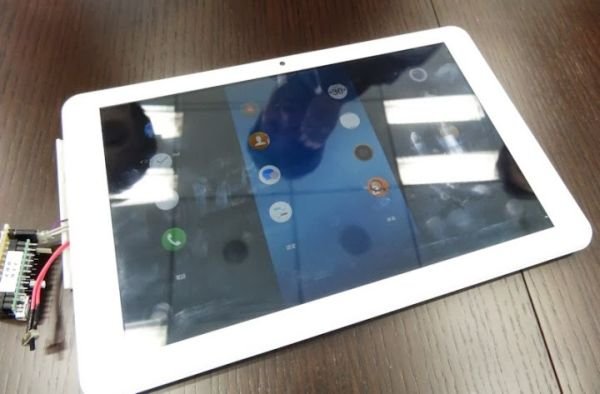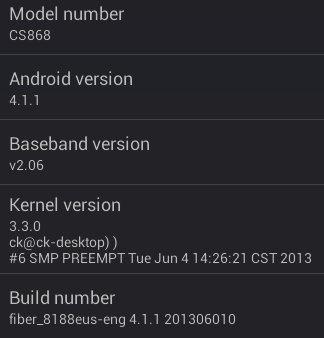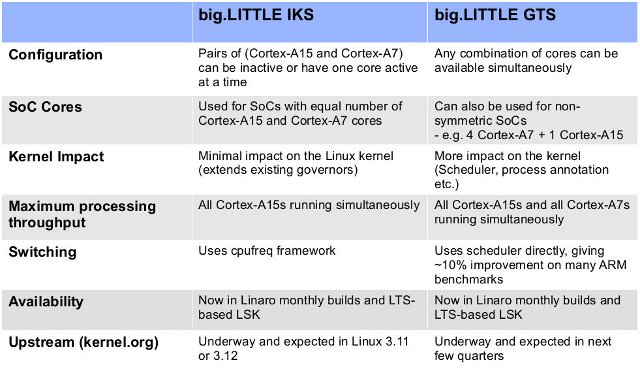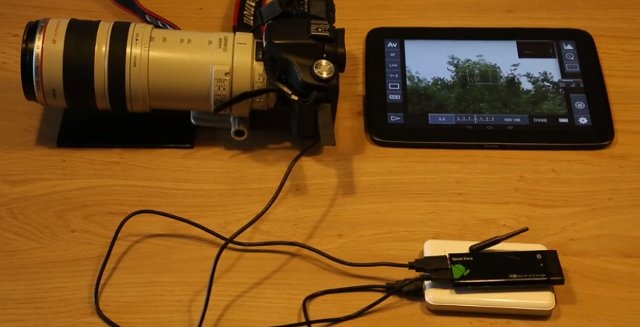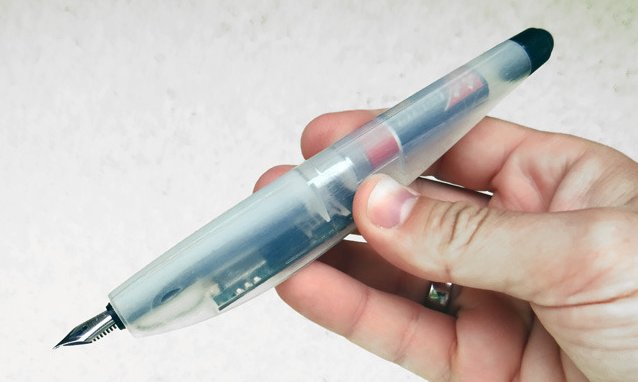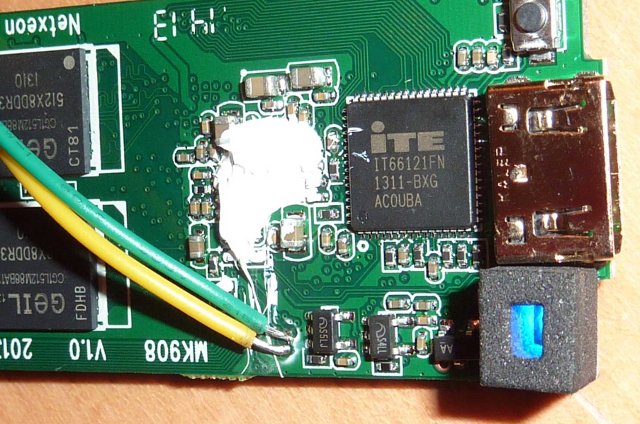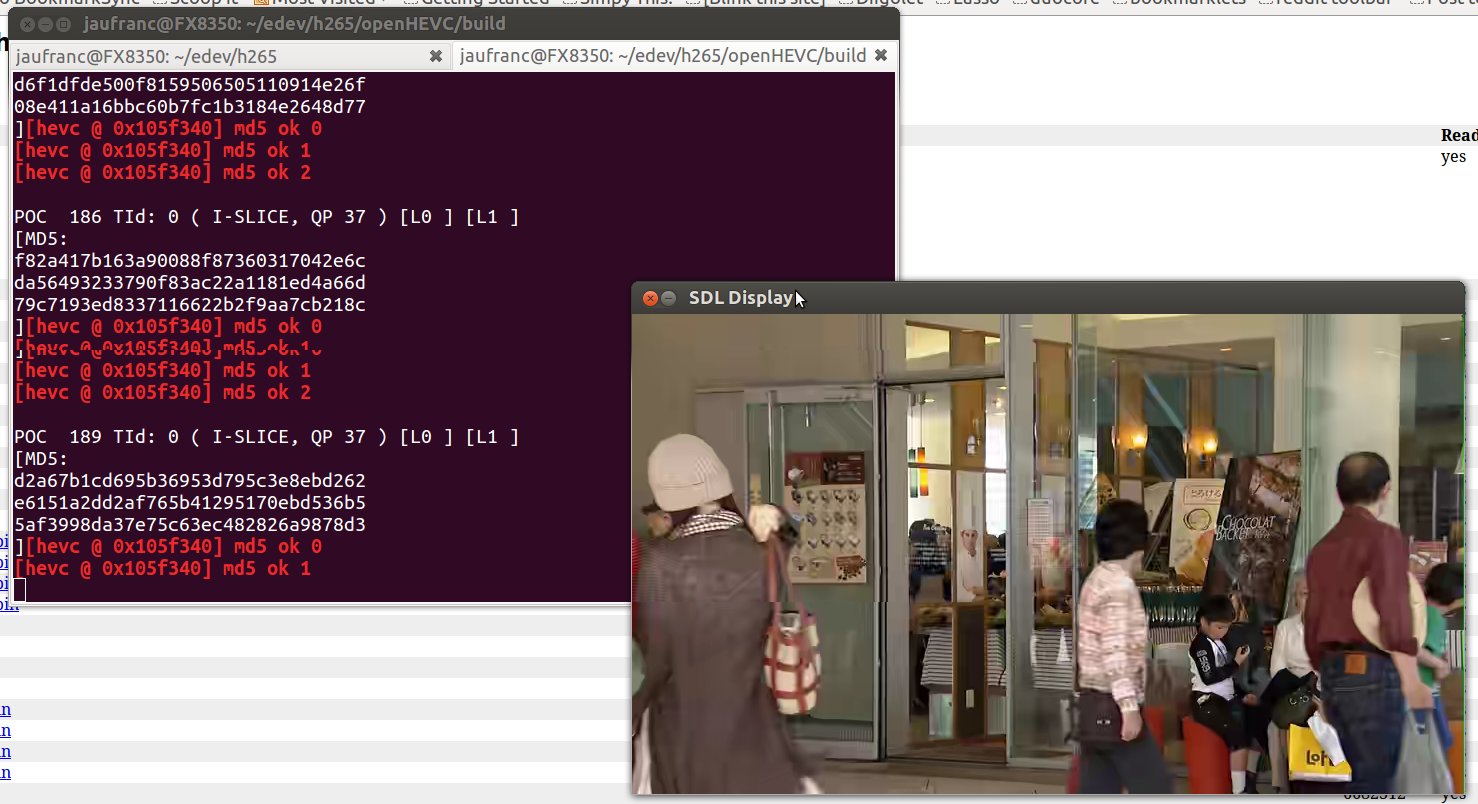Companies like Freescale and Texas Instruments provide good software support, and documentation, which is why they can be found in many embedded devices, because without documentation or source code low-level customization is nearly impossible or extremely time consuming. They also usually open most of the documentation and code, because they understand this can foster the use of their chips. On the other hand, Chinese-based SoC manufacturers focus on high-volume platforms such as tablets and smartphones, and usually management don’t understand the advantage to make documentation and GPL source code available, or even may consider it bad for business. Some individuals and small companies do not see it that way however, and they either want to access to the source code to improve existing mobiles devices, or use low cost Chinese SoCs to provide highly customizable hardware and software solutions. So source code and documentation have started to leak, and tools […]
Systena Tizen Tablet Hands-on Video
Systena, a Japanese company, is currently developing a Tizen tablet with a quad core Cortex A9 processor at 1.4Ghz, 2GB of RAM, and 32GB of storage. The tablet features a 10.1″display (1920×1080), supports 802.11b/g/n WiFi, and comes with a microSD card slot, as well as a 2MP rear camera and 0.3Mp front camera. Tizen Indonesia got a prototype of the tablet, and give it a try in the video below (no audio). We can see the boot, lock screen and gallery application. The system does not seem very fluid at this stage of development, but hopefully Tizen will be optimized for better performance before the final release. The system currently runs Tizen 2.0, but the company plans to upgrade to Tizen 2.1 for the developer version of the device, before selling the device to the general public. Via Liliputing and Tizen Experts
Firmware Update for CS868 mini PC Version 2.06 (Android 4.1.1)
If you’ve got a Rockchip RK3188 mini PC, there’s usually no issue with finding firmware updates, or even custom ROMs. But if you’ve bought an AllWinner A31 mini PC, such as CS868, you may feel everybody dropped the ball, as the system is not stable, and it seemed there would never be any upgrade. I’ve recently been made aware that there’s some activity on a Chinese bulletin board, and a new firmware is available for CS868: V2.06-4.1.1-20130610. As the name implied, the firmware is based on Android 4.1.1, and has been release on the 10th of June 2013. Here’s the Changelog against V2.05: Add video color brightness, contrast and saturation settings Output to HDMI output by default Other systems optimization and the Changelog against V2.04 (22nd of May): Reduce DDR frequency to improve system stability. Fixed potential sound failure. Optimize USB OTG interface to fix issues with Air mice. Increase […]
big.LITTLE Processing Update – In-Kernel Switcher vs Global Task Scheduling
big.LITTLE processing is a new technology announced by ARM in 2011 that allows an SoC to feature low power cores (e.g. Cortex A7) together with high performance cores (e.g. Cortex A15) in order to optimize power consumption. I’ve previously detailed two big.LITTLE software implementation methods: In-kernel switcher which runs tasks on either Cortex A7 or Cortex A15 depending on the load, but both processors can not run simultaneously. Heterogeneous multiprocessing (now called Global Task Scheduling) that assigns tasks to relevant Cortex A7 or Cortex A15 cores, and if needed, allows all cores to run at the same time. Linaro has just provided a update for the big.LITTLE software implementation. There are currently only two SoCs that ship in products with Linaro b.L kernel support: ARM’s reference Test Chip 2 (TC2) tile for the Versatile Express development platform, configured as an SoC with 2 Cortex-A15 cores and 3 Cortex-A7 cores. Samsung-LSI’s […]
Control your DSLR Camera via Wi-Fi using an Android mini PC and a Tablet
DSLR Controller is a paid Android app (beta) that uses your Canon EOS DSLR camera USB port in order to control it and access the camera live view with a tablet or smartphone. That may be useful, but it’s much better if you can roam a bit, and are not limited by the USB cable length. That’s why the application has been improved some time ago in order to use 2 Android devices, usually smartphones or tablets. One device is connected via USB to the DSLR camera, and act as a Wi-Fi access point, and the other device connects via Wi-Fi to allow full control of the camera. However, you don’t really need a screen on a Wi-Fi access point, so instead of using mobile devices, the developers decided to use an Android mini PC, specifically CX-919, which is just one of the many RK3188 mini PC available today, coupled […]
Lernstift Digital Pen Hits Kickstarter for $150
Lernstift is a digital pen running Linux that aims at helping children learning how to write by vibrating when they’ve made calligraphy or orthography errors. I’ve covered the overall concept in an earlier post, which you can read for details. The company has made some progress, and they have just launched a kickstarter campaign where you can pledge 99 GBP (about $150) to receive the pen later this year or in early 2014. We do know a little more technical details. The first prototype was based on Gumstix Overo (TI OMAP3 or Sitara), but they are now working to design a custom board based on the platform for the final design. The pen comes with 128 MB RAM and runs embedded Linux. In order to gather handwriting data, Lernstift leverages a motion sensor that combines gyroscope with accelerometer, and adds a magnetometer. They’ve got a drawing with Freescale MMA9950L, but […]
Hacking MK908 mini PC for Serial Console Access
Thanks to Omegamoon (and this brother) we already have instructions to connect the UART pins on MK808 in order to access the serial console. He’s done it again with MK908 mini PC featuring Rockchip RK3188. Tx and Rx pads are located on the RAM chips side, and he has connected the green wire to Tx (Going to Rx on TTL debug board), and a yellow wire to Rx (Tx on debug TTL board). A ground pad is available on the other side of the board. Since I got a sample for review from Geekbuying, I decided to give a try myself. The pad are quite small, so this may require patience, but it’s perfectly feasible. I wanted to keep the device closed, so I passed the wires through the ventilation holes (enlarging them a bit with a precision screwdriver), put back the main heatsink on RK3188, and reassembled the enclosure. […]
Play HEVC/H.265 Videos and Embed HEVC Streams into MP4 and TS Files with openHEVC and GPAC
I wrote an introduction to H.265 (aka HEVC) at the end of last year, including instructions showing how to encode videos to HEVC using the reference implementation. It worked but since it was not optimized for speed, it was extremely slow. Today I’ve stumbled across openHEVC, a open source compliant HEVC video decoder written in C, created as a fork of Libav. This is supposed to work pretty well as the implementation was used at Roland Garros Tennis tournament to playback an 720p50 HEVC stream transmitted over DVB-T2, IPTV, and MPEG DASH. Today I’ll mainly tried out the instructions provided on openHEVC github repo including: Build the source and playing a raw HEVC stream with hevc utility Build GPAC (open source multimedia framework), to get MP4Box, mp42ts, and MP4Client utilities. Import a raw HEVC stream into MP4 and TS containers, and play it back with GPAC tools. I’ve performed the […]



